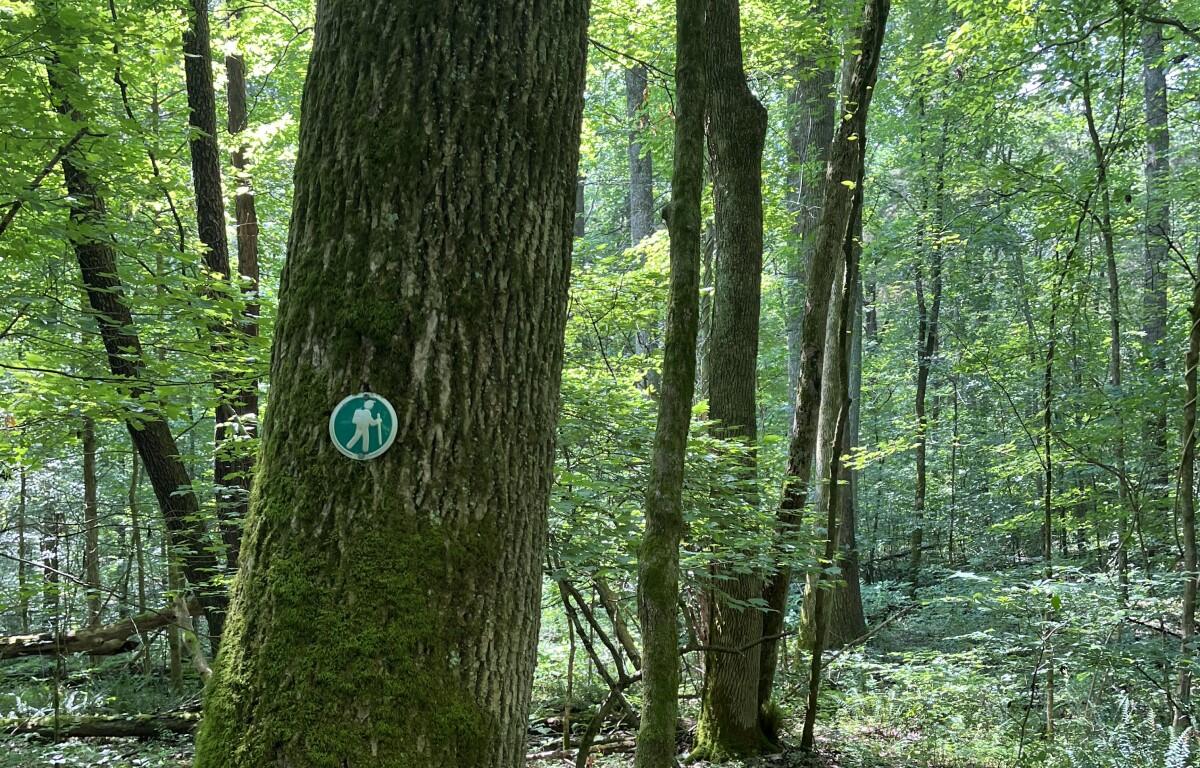CLARKSVILLE, TN (CLARKSVILLE NOW) – If you take a bird’s-eye view of Clarksville, looking down over the city, the tree leaves and their branches that cover the sight of the ground is the tree canopy, which provides shade and many other benefits to a community.
In Clarksville, that tree canopy has shrunk from 38% to 17% over just the past seven years, according to Tree Board and City Council member Karen Reynolds.
The loss of all those trees has come mainly from our rapid growth, with new subdivisions, roads and retail centers.
In March, Clarksville endured a storm with hurricane-strength winds that made matters worse. “Most of the trees that were impacted were older trees with poor structure which are more likely to fail in a severe windstorm. We are still assessing the damage and cost related to this storm event,” said City Forester Katherine Killebrew.
A thriving urban forest offers many advantages, according to Tree City USA, an Arbor Day Foundation program:
- Trees help absorb the sounds of traffic in urban areas by 40%.
- Neighborhoods with trees are 7 to 9 degrees cooler than those without.
- Trees reduce energy costs up to 25% by shading buildings and protecting them from winter winds.
- Homes with trees have higher property values.
- Green space plays a major role in improving mental and physical health.
- Trees reduce erosion caused by falling rain with their leaf canopies.
In 2022, Clarksville was recognized by the Arbor Day Foundation along with the National Association of State Foresters and the U.S. Forest Service, as a Tree City for the 34th year to recognize environmental improvement and higher levels of tree care.
Tree inventory coming
The Arbor Day Foundation highly recommends having a tree inventory in order to know exactly what trees the city has to manage or else a city’s forester must work blindly.
The City Council recently passed an amendment which will allow for a tree inventory to be conducted across the city. The last study was done in 2015 by the TN Department of Agriculture Division of Forestry.
Clarksville needs to plant more native trees and eliminate invasive species such as Bradford pears, silver maples, pin oaks, Leyland cypress, and other fast-growing weak trees. “Having these types of trees adds to the expense of removal for public and private areas in case of storm damage,” Killebrew said. “Native trees are more resilient for our area, which contributes to the beneficial health of our urban forest,” explains Killebrew.
Clarksville’s tree inventory will determine specific varieties, number and condition of trees in the area and it will assist the city in determining where trees need to be planted in future years.


